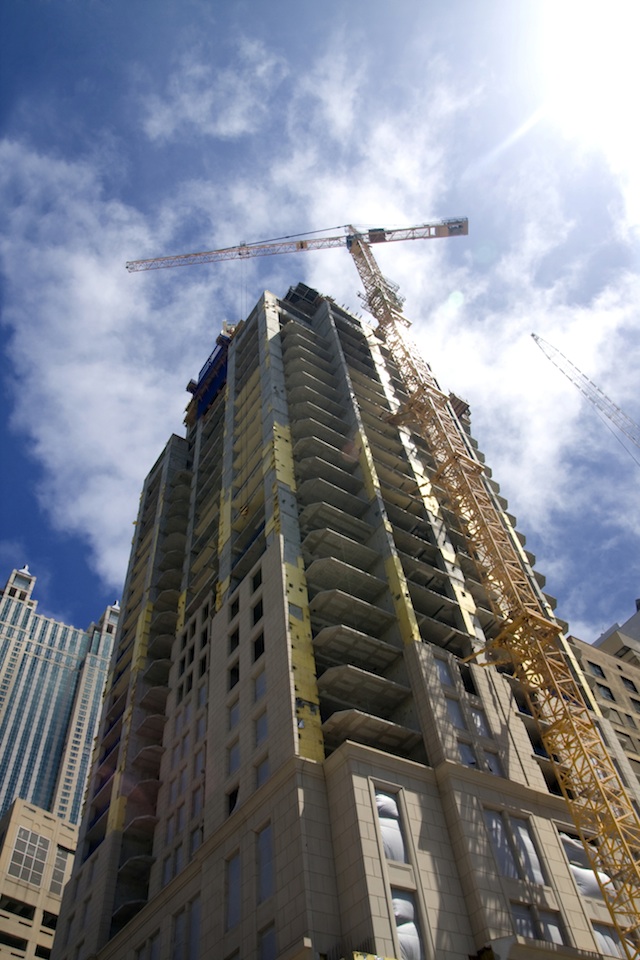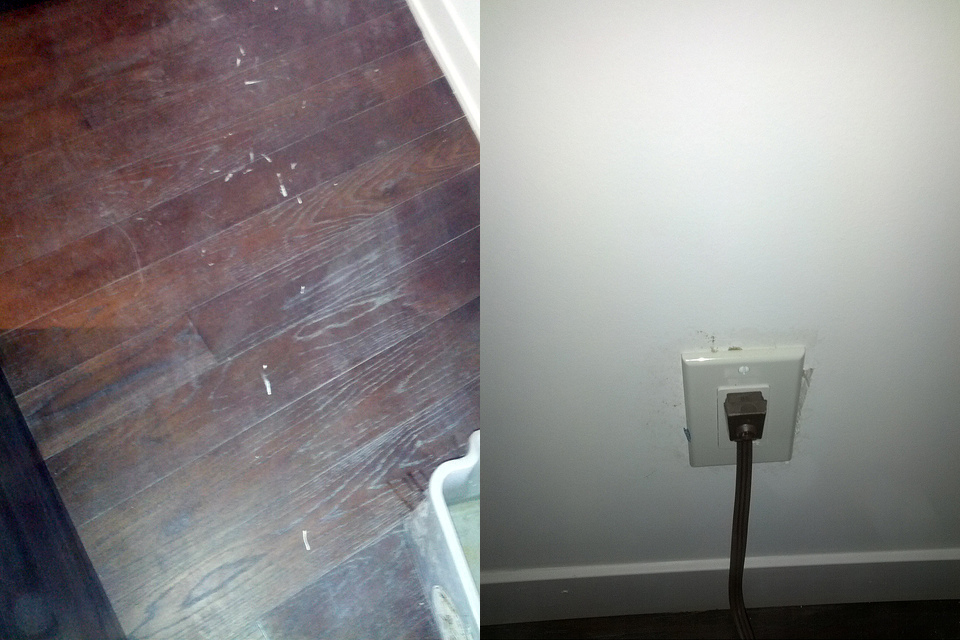Buying a new home is a big deal. It's no wonder, as homes are typically the most significant purchases that most anyone will make in their lifetime. With so many variables in play however, taking possession and moving in can be a very stressful experience. To take some of the stress out of the situation, in Ontario the warranty that comes with a new home is backed by Tarion Warranty Corporation. While the warranty ensures that the builder creates a home that meets the Ontario Building Code standards, as a purchaser, even if you aren't the one pouring the concrete or hammering the nails in, you should still be aware of your responsibilities as part of the process too. Last month we looked at the history of Tarion and the specifics of the warranty. This month, we'll examine the things you should know before making your purchase of a new home, and what happens leading up to your move-in date.
 Know your warranty rights before you purchase a new home or new condo. Image courtesy of Tarion Warranty Corporation.
Know your warranty rights before you purchase a new home or new condo. Image courtesy of Tarion Warranty Corporation.
Before buying a new home, learn everything you can about the builder. As mentioned in our first article, all builders who wish to construct new homes in Ontario are required to be registered with Tarion. A builder that is not registered can face fines up to $100,000 under the Ontario New Home Warranties Act.
Tarion CEO Howard Bogach warns homebuyers to be certain that the builder is not a fly-by-night operation. “Buyers of illegally built homes are often left living in substandard conditions, virtually abandoned by the builder and lacking vital information about the warranty protection to which they’re entitled.”
To help purchasers determine a builder’s track record, Tarion has compiled every registered builder into a publicly available Licensed Builder Directory which tracks the number of homes a builder has built, along with the number of claims per year and the dollar amounts of the claims payment. Once you are satisfied with your review of a builder's performance in the Tarion’s database, visiting their completed projects and finding references from satisfied customers should be part of your new home search too.
Once you have found the right builder and home for you, your biggest step of all is to sign an Agreement of Purchase and Sale, more simply known as a purchase agreement. This document outlines what is or is not included in the price you've agreed to, including any requests or upgrades. Purchase agreements are very large, technical documents, so it is essential to have a qualified lawyer review the document to help you understand what you will be signing.
 Review your Agreement of Purchase and Sale with a Lawyer. Image courtesy of Tarion Warranty Corporation.
Review your Agreement of Purchase and Sale with a Lawyer. Image courtesy of Tarion Warranty Corporation.
After you have signed a purchase agreement, Tarion's warranty protections come into effect for you: Tarion protects a portion of your deposit should your builder file for bankruptcy, or if your builder breeches the purchase agreement, or if you the actions of your builder give a statutory right to terminate the purchase agreement. Condominium units are protected up to $20,000 (with further protection provided by the Condominium Act), while new home deposits are protected up to a maximum of $40,000.
There are a few exceptions to be aware of when handing over money to a builder. Payments made to reserve or hold a condominium unit or new home are not protected by Tarion. Additionally, payments made for extras or upgrades will only be protected should your purchase agreement specifically state that they are covered. Your lawyer can help you understand what is and what is not covered in your purchase agreement.
If you are buying in a condominium, you should know that the building's common elements are covered by Tarion to the lesser of $50,000 per unit, or $2.5 million. You don't need to worry about that; that will be the condo board's job. If you want to know more about how Tarion deals with common elements however, Tarion's website has further information about what's covered, and when coverage begins.
 Common elements: the South Beach Condos lobby, image by Jack Landau
Common elements: the South Beach Condos lobby, image by Jack Landau
Every builder of a new condominium in Ontario must provide the delayed occupancy warranty to buyers at the time the purchase agreement is signed. Through this warranty your builder is guaranteeing that your condominium unit will be completed by a mutually agreed upon Occupancy Date, or by an Occupancy Date that has been properly extended.
Details about the delayed occupancy warranty are provided in the Tarion Addendum, which your builder is required to attach to your purchase agreement.
The first page of the Addendum is a Statement of Critical Dates which must be signed by both you and your builder. It clearly indicates the date when your builder expects to finish your condominium unit and the latest possible date for permitted extensions. If the delays are greater than what is allowed by law, the builder must compensate you for their failure to complete your unit in time, to a maximum of $7,500. Tarion's website has a Statement of Critical Dates Calculator to help you understand these dates, and under what circumstances an occupancy date can be delayed.
As your move-in date approaches, the builder will contact you to conduct a Pre-Delivery Inspection of your new home, commonly known as a PDI. As a buyer, you are responsible for identifying any deficiencies during the PDI so that the builder can fix them before you occupy the unit. Failure to identify problems during the PDI may cause difficulties should you want to file a claim for problems you find later.
 Deficiences to be fixed: paint spatter, poorly cut wallboard around outlets, images by UT contributor 'TheKingEast'
Deficiences to be fixed: paint spatter, poorly cut wallboard around outlets, images by UT contributor 'TheKingEast'
To help you prepare for occupancy, next month we will look at your rights under the Tarion warranty once you have moved in, common home maintenance issues, and what to do when a problem occurs.
Have more questions about how Tarion's warranty coverage works? You can check out the extensive amount of information on their website or Like them on Facebook to get frequent updates! Want to compare notes with others? You are welcome to record your comments in the space provided on this page.

 1.2K
1.2K 








































